|
| Organized in 1920, The Perkasie Chamber of Commerce succeeded the Board Trade as an advocate for the citizens and businesses. The chamber continued and expanded the philanthropic and organizational role played by the Board of Trade in the annual Christmas celebrations. They provided funding for town Christmas lights and organized Santa’s arrival events and children’s parties. For many years, the chamber and local businesses ran the “Trade and Travel” promotion where customers could win a vacation by making Christmas purchases at participating merchants. |
In 1963 the chamber broadened their service area, incorporated, and changed their name from Perkasie Chamber of Commerce to Pennridge Chamber of Commerce. Office space was rented at various locations before the building at 538 West Market Street was purchased in 1997.
In 2020, Betty Graver, the Pennridge Chamber Executive Director retired and closed the doors of the office for the last time. The Upper Bucks Chamber of Commerce, located in Quakertown assumed all duties once performed by the Perkasie office. The building at Market Street was sold in 2020 and will become apartments.
In 2020, Betty Graver, the Pennridge Chamber Executive Director retired and closed the doors of the office for the last time. The Upper Bucks Chamber of Commerce, located in Quakertown assumed all duties once performed by the Perkasie office. The building at Market Street was sold in 2020 and will become apartments.
Rick Doll 2021
1939 Nativity Tableau
As World War II was beginning in Europe, Perkasie unveiled their newest Christmas display, the Nativity Tableau. A mass choir of nearly 200 and all of Perkasie’s Pastors gathered on Friday December 8, 1939 at the Perkasie Reading Railroad Station for the dedication.
The dedication of the tableau was the culmination of a community project sponsored by the Chamber of Commerce. The tableau is more than 20 feet long and 15 feet high. Mounted on a huge base is an open Bible. On one of the pages is a depiction of the manger scene. The opposite page shows the Wise Men following the star. The scenes have cut out metal figures that are attached towards the front of the scene giving a 3-dimensional appearance. Indirect lighting adds to the impressive scene. The tableau was made in Allentown, by William R. Weiss Art Displays.
When the Honor Roll of Perkasie residents serving during World War II was erected at the Reading Railroad Station, the Nativity Tableau was moved to a new location and assembled on the Market Street side of the First Evangelical Church of Perkasie (now The First United Methodist Church). It is believed the tableau was last used during the 1950’s and then stored away.
The dedication of the tableau was the culmination of a community project sponsored by the Chamber of Commerce. The tableau is more than 20 feet long and 15 feet high. Mounted on a huge base is an open Bible. On one of the pages is a depiction of the manger scene. The opposite page shows the Wise Men following the star. The scenes have cut out metal figures that are attached towards the front of the scene giving a 3-dimensional appearance. Indirect lighting adds to the impressive scene. The tableau was made in Allentown, by William R. Weiss Art Displays.
When the Honor Roll of Perkasie residents serving during World War II was erected at the Reading Railroad Station, the Nativity Tableau was moved to a new location and assembled on the Market Street side of the First Evangelical Church of Perkasie (now The First United Methodist Church). It is believed the tableau was last used during the 1950’s and then stored away.
In 1998, the tableau was rediscovered in a storage area of the Perkasie Electrical Department’s garage. It remained there until 2013 when it was taken out of storage and placed outside awaiting disposal. Perkasie Historical member and electric department employee, Matt Lynch realizing the value of the tableau, alerted historical society members. Just hours before being taken to the landfill, Matt, Rick Doll, Bob Dunlap and Bob Behr moved the tableau to a storage location in Sellersville.
Perkasie Historical Society members Cathy and Chris Kleine have offered their front yard to display the tableau. Some of the metal cut out pieces have been taken out of storage and cleaned. During the 2020 Christmas season they will be displayed in the Kleine’s front yard for the first time in over 60 years. Hopefully in the future, the entire display will be able to be reassembled and displayed.
Rick Doll 2020
Perkasie Carousel Memories
Menlo Park
We all miss our carousel.
In the 128 years that there has been a carousel in Menlo Park, there have been very few summers when it has not been in operation. After the borough closed the Menlo Park amusements in 1963, the carousel remained silent until 1970 when the Perkasie Historical Society volunteers took over its operation. In 1994 and 1995, the carousel was closed as structural damage from a heavy snow necessitated reinforcing the carousel building. In 2020, the coronavirus pandemic prevented the carousel from opening.
The Perkasie News Herald on November 2, 1981 “HISTORICAL NOTES on operation of the carousel: ' The carousel has been housed and the floor laid with sawdust several inches deep. This retreat is one of the coolest spots in Menlo Park.' said the Central News in 1899
The carousel was originally only operated on Saturdays, never Sundays. The original carousel was operated by a steam engine. Howard Eckert was the first engineer. When the toboggan was added in 1894, both were operated by steam piped from the toboggan power plant. The calliope played from long paper rolls. "
The Perkasie Power Plant began selling current in 1900. The plant was operated only at night until 1903 when additions to the plant allowed for 24-hour service. The date when the carousel power was supplied by electricity instead of steam is not known.
Jacob Moll was the first operator of the carousel. His son, Howard, remembers carrying lunch to his father and being permitted to stay until closing time, often falling asleep on a seat of the carousel “chariots”.
Former Perkasie Police Chief, James Schatz, recalls filling the carousel ring arm for 50 cents a day. To be sure a pretty girl got the brass ring he counted the takers before her, so she won the free ride.
The old carousel ring arm was found under the porch of what was the park owner’s house (Henry Wilson’s house, next to the library). The ring arm was restored by the late Mark Frederick is displayed on the back wall of the carousel building.
In the 128 years that there has been a carousel in Menlo Park, there have been very few summers when it has not been in operation. After the borough closed the Menlo Park amusements in 1963, the carousel remained silent until 1970 when the Perkasie Historical Society volunteers took over its operation. In 1994 and 1995, the carousel was closed as structural damage from a heavy snow necessitated reinforcing the carousel building. In 2020, the coronavirus pandemic prevented the carousel from opening.
The Perkasie News Herald on November 2, 1981 “HISTORICAL NOTES on operation of the carousel: ' The carousel has been housed and the floor laid with sawdust several inches deep. This retreat is one of the coolest spots in Menlo Park.' said the Central News in 1899
The carousel was originally only operated on Saturdays, never Sundays. The original carousel was operated by a steam engine. Howard Eckert was the first engineer. When the toboggan was added in 1894, both were operated by steam piped from the toboggan power plant. The calliope played from long paper rolls. "
The Perkasie Power Plant began selling current in 1900. The plant was operated only at night until 1903 when additions to the plant allowed for 24-hour service. The date when the carousel power was supplied by electricity instead of steam is not known.
Jacob Moll was the first operator of the carousel. His son, Howard, remembers carrying lunch to his father and being permitted to stay until closing time, often falling asleep on a seat of the carousel “chariots”.
Former Perkasie Police Chief, James Schatz, recalls filling the carousel ring arm for 50 cents a day. To be sure a pretty girl got the brass ring he counted the takers before her, so she won the free ride.
The old carousel ring arm was found under the porch of what was the park owner’s house (Henry Wilson’s house, next to the library). The ring arm was restored by the late Mark Frederick is displayed on the back wall of the carousel building.
Rick Doll 2020
Perkasie Junior Legion Baseball
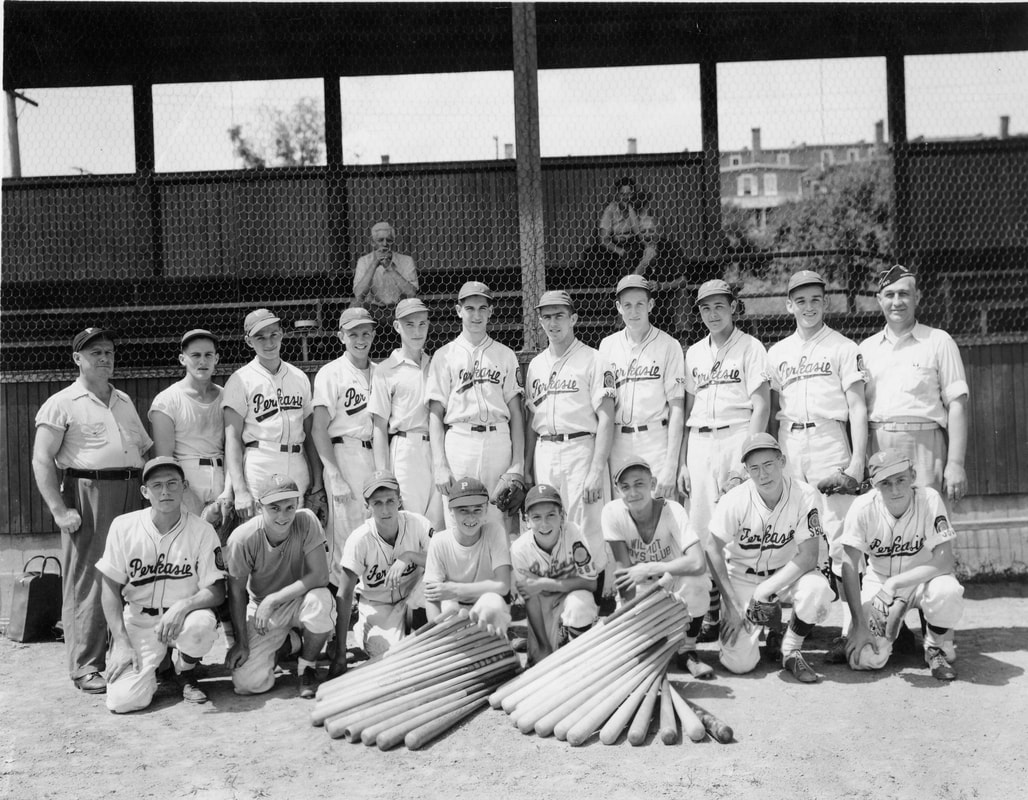
Image from the Perkasie Historical Society Collection
Last year, a photograph of a Perkasie Junior Legion Baseball team was used in our museum sports display. Unfortunately, the back of the photo was not labeled with the year of the team. It was labeled with some of the players names, one of whom was Harold “Hal” Swartley.
Hal Swartley, who went on to become a Pennridge teacher and coach, identified the team as being from the 1945 era. Perkasie had very good Junior Legion teams during those times. In 1945 they played Coplay in the Southeastern Pennsylvania playoffs. Coplay had a dominant left-handed pitcher named Curt Simmons. The Perkasie team was eliminated from the playoffs after losing two games to Coplay. Later, Coplay would become the Pennsylvania Legion Champions and Curt Simmons would go on to sign a contract with the Philadelphia Phillies.
The games were played at the Second Street Playground field. Hal Swartley noted that the grandstands had been constructed during the depression as part of a Works Progress Administration (WPA) project They were painted green just as they are today.
Dave Mann, another member of the 1945 team narrowed the photo date to 1944. Many members of the 1944 team played again in 1945. Dave also remembers the first Coplay game when Curt Simmons held Perkasie to a single hit by Chuck Strouse. He also recalled that after the games, the Legion would treat the players to dinner at the Mayflower or American House Restaurants.
Perkasie would draw players from Sell-Perk and Hilltown High Schools for the team. Perkasie Junior Legion would play teams from Lansdale, Quakertown and Doylestown.
Thanks to Hal Swartley and Dave Mann for the information and for identifying the team photo.
Hal Swartley, who went on to become a Pennridge teacher and coach, identified the team as being from the 1945 era. Perkasie had very good Junior Legion teams during those times. In 1945 they played Coplay in the Southeastern Pennsylvania playoffs. Coplay had a dominant left-handed pitcher named Curt Simmons. The Perkasie team was eliminated from the playoffs after losing two games to Coplay. Later, Coplay would become the Pennsylvania Legion Champions and Curt Simmons would go on to sign a contract with the Philadelphia Phillies.
The games were played at the Second Street Playground field. Hal Swartley noted that the grandstands had been constructed during the depression as part of a Works Progress Administration (WPA) project They were painted green just as they are today.
Dave Mann, another member of the 1945 team narrowed the photo date to 1944. Many members of the 1944 team played again in 1945. Dave also remembers the first Coplay game when Curt Simmons held Perkasie to a single hit by Chuck Strouse. He also recalled that after the games, the Legion would treat the players to dinner at the Mayflower or American House Restaurants.
Perkasie would draw players from Sell-Perk and Hilltown High Schools for the team. Perkasie Junior Legion would play teams from Lansdale, Quakertown and Doylestown.
Thanks to Hal Swartley and Dave Mann for the information and for identifying the team photo.
Rick Doll 2020
Greg Nyce's Fire Helmet
On June 26, 1988, a devastating fire destroyed many of the historic buildings in downtown Perkasie. Greg Nyce was one of the Perkasie firefighters who responded to the fire. As the fire engulfed the Shelly Lumber shed and the J. G. Moyer Building, Greg and Clyde Snyder were fighting the fire from above in Perkasie’s aerial truck parked on Seventh Street. As the wind whipped the fire across Seventh Street to the American House Hotel and Lesher’s Store, the aerial bucket truck became engulfed in flames. Realizing that they could not go back down to the ground, Greg and Clyde were able to swing the aerial platform to the roof of the building at 14-21 N. Seventh Street. They were able to jump onto the roof and go through a hatch into the building.
After the fire, the aerial truck was refurbished and returned to service in Perkasie. In 2013, the truck’s new owner, Oakland (NJ) Fire Company, returned the truck to Perkasie for the 25th Anniversary of the Perkasie Fire. The truck was positioned on Seventh Street where Greg Nyce, Chief Worthington and others climbed into the aerial bucket and reenacted the scenario from 25 years prior.
After returning to the ground, Greg Nyce donated his fire helmet, the one he wore during the fire to the Perkasie Historical Society Museum.
Thank you, Greg, for your donation of your helmet and thanks to our firefighters for their service to the community.
Visit the Perkasie Historical Society Photo Gallery for images of some of our
museum displays including :
2013 25th Anniversary of the Perkasie Fire of 1988
2018 30th Anniversary of the Perkasie Fire of 1988
museum displays including :
2013 25th Anniversary of the Perkasie Fire of 1988
2018 30th Anniversary of the Perkasie Fire of 1988
Rick Doll 2020
Memories of Perkasie
Sharing interesting connections between Perkasie's people, places and events.
Rick and Louise Doll
Navigation Hint: The postings can be viewed by date, by topic category, or in reverse chronological order (most recent posting first)
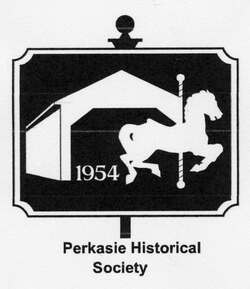

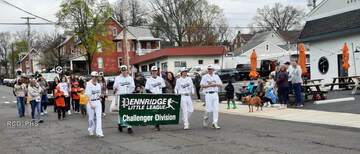
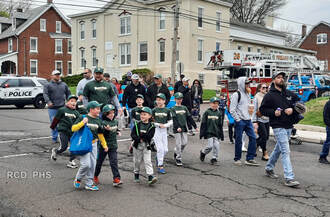
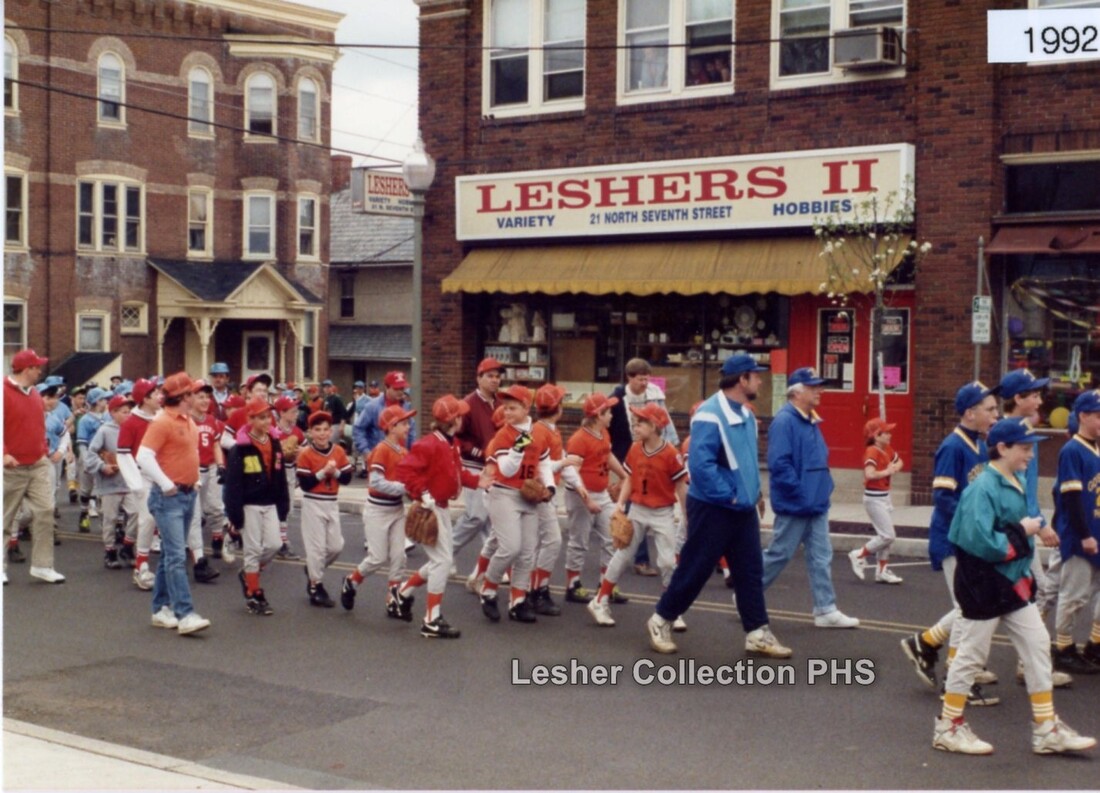
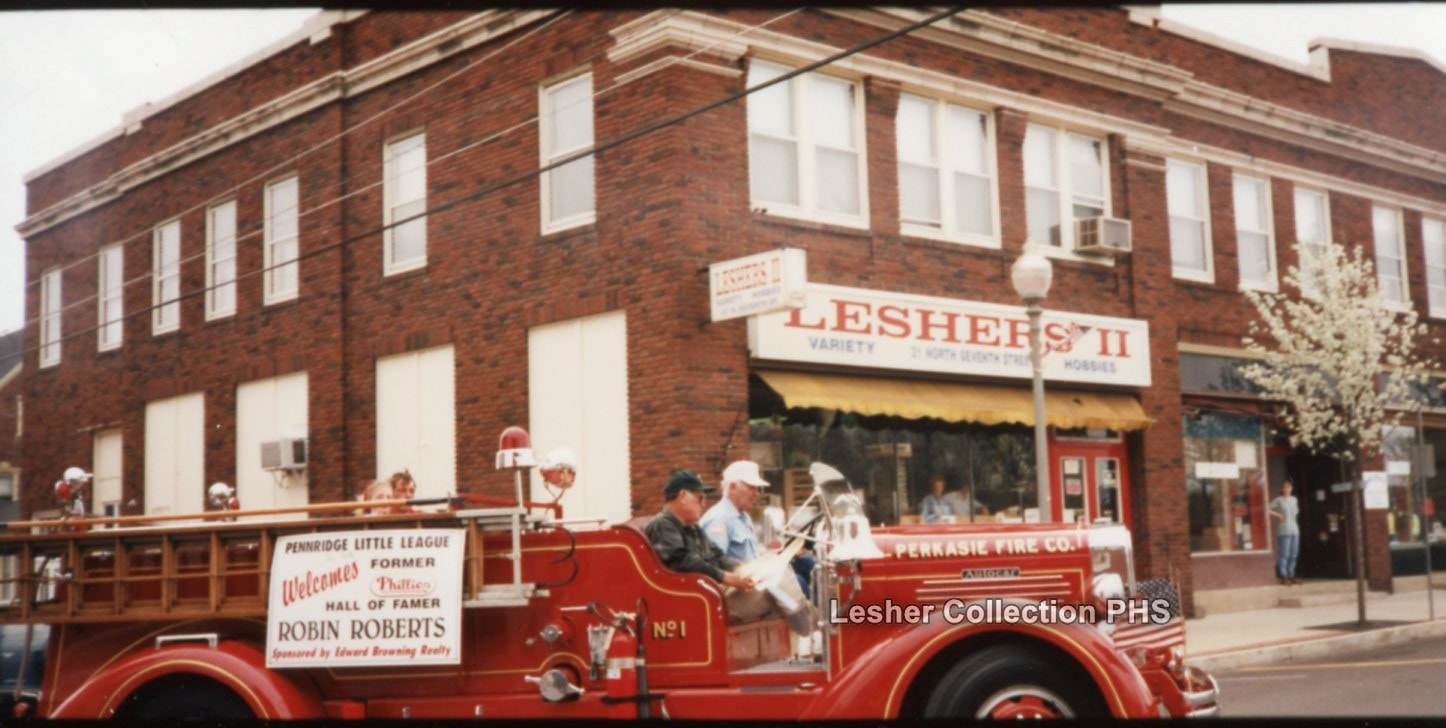
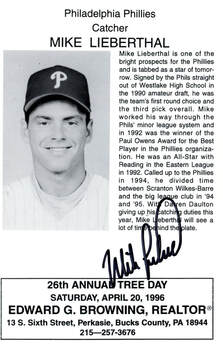
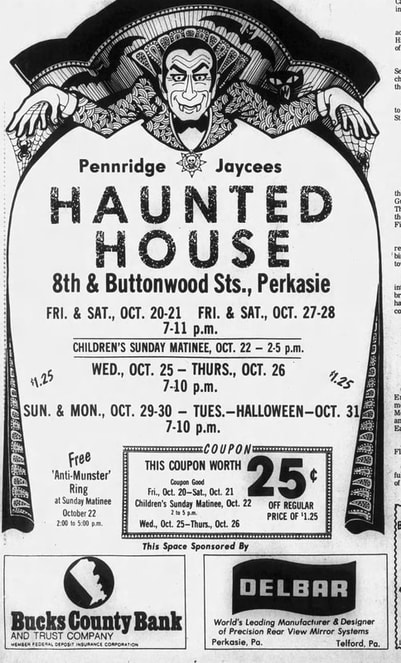
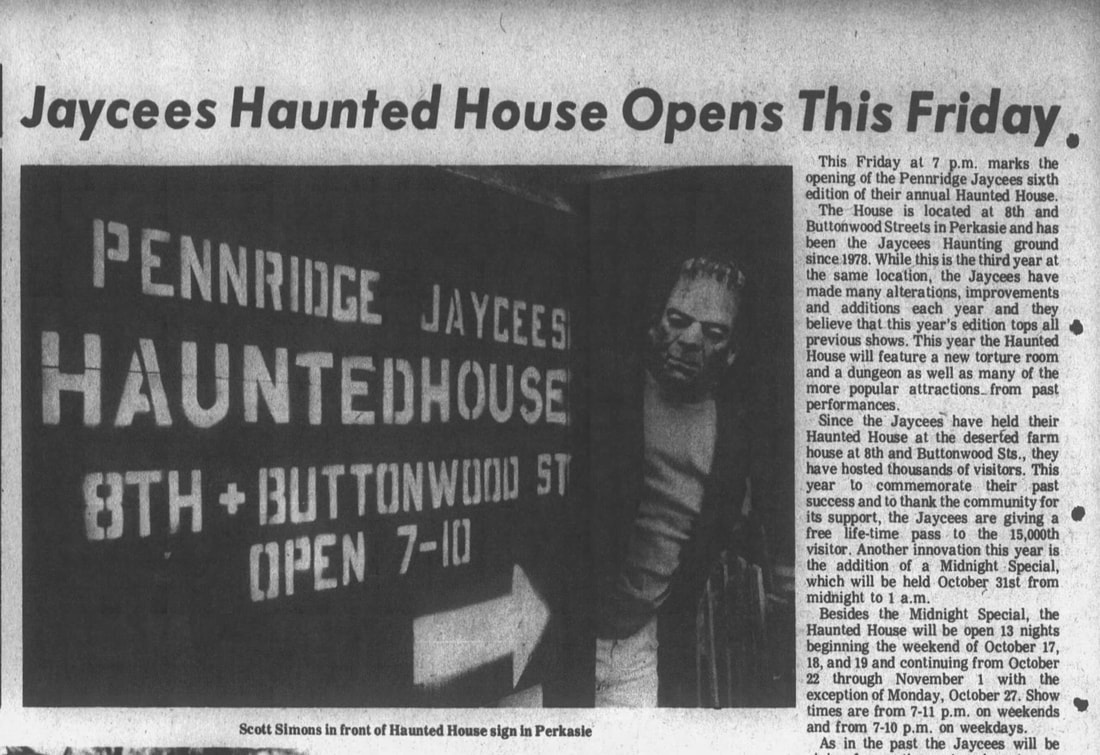
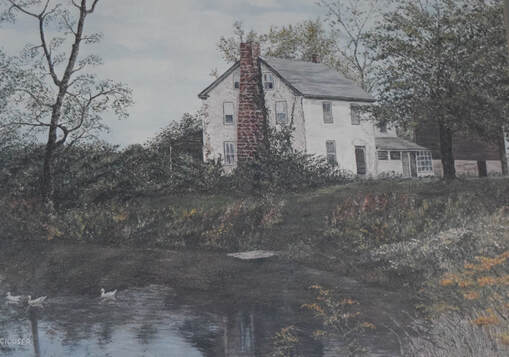
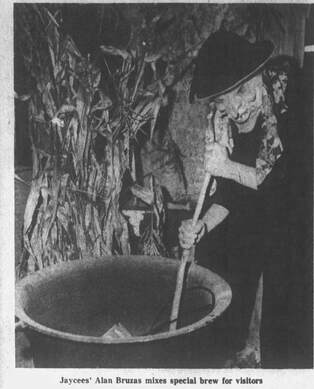

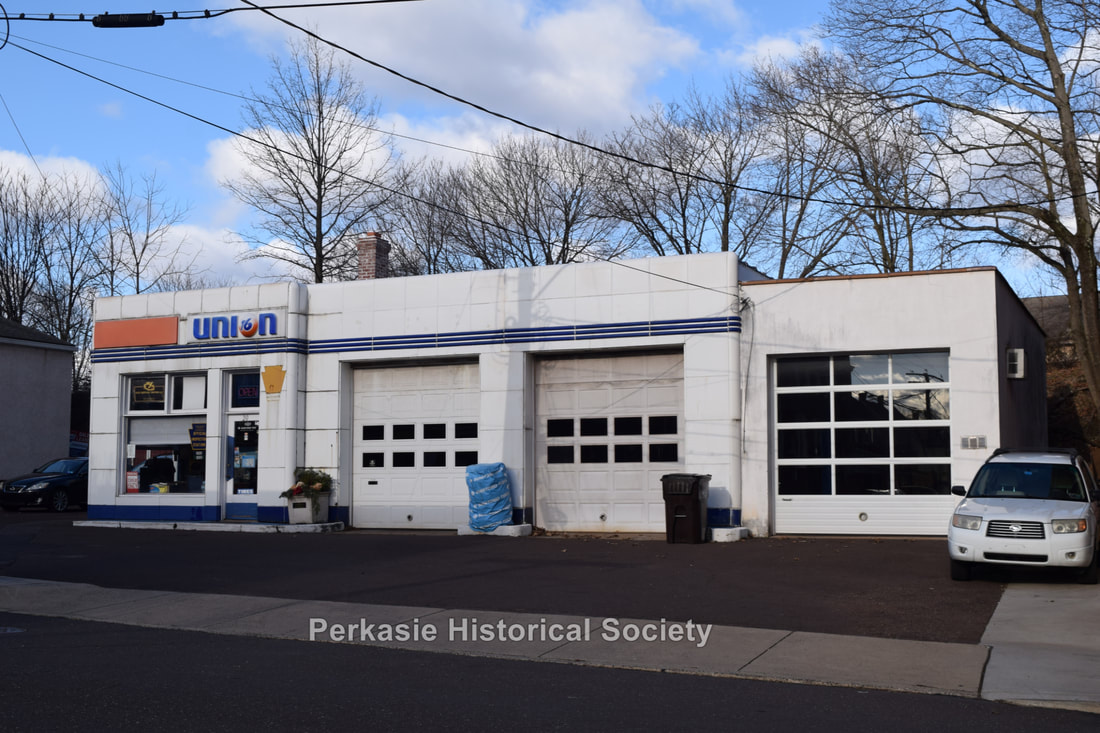
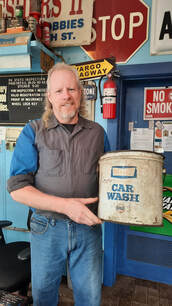
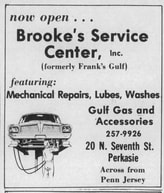
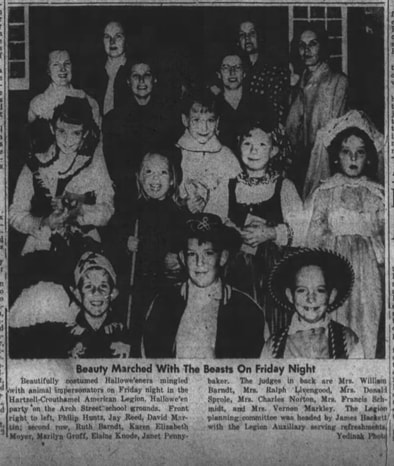
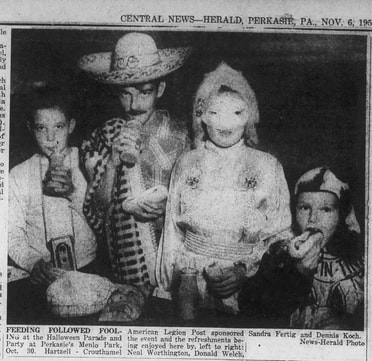
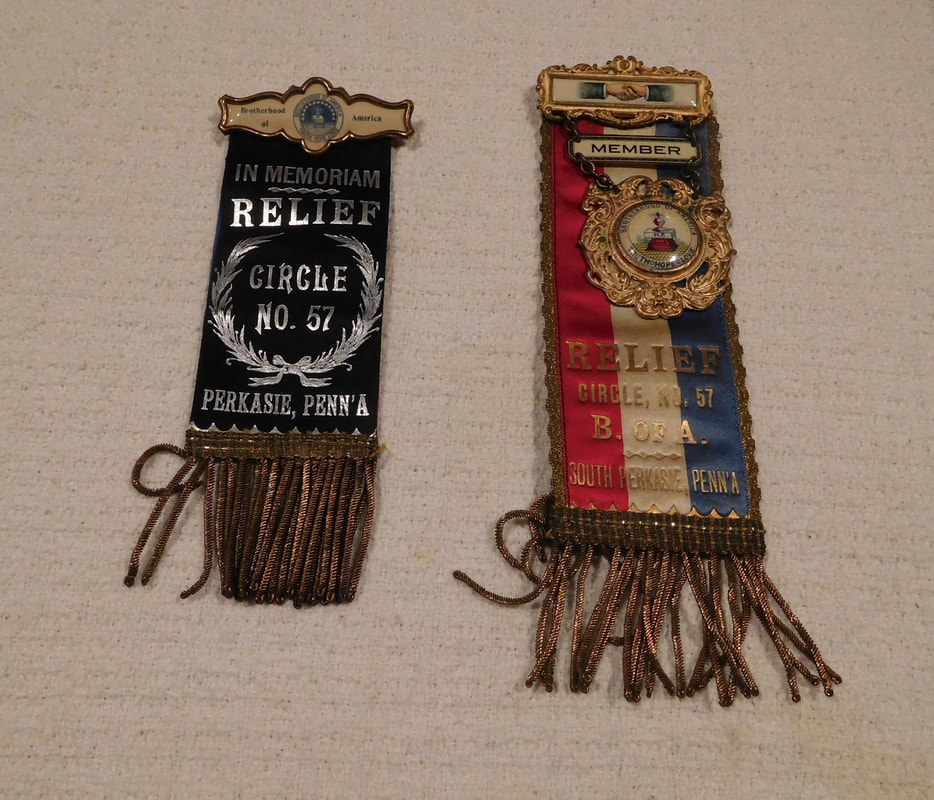
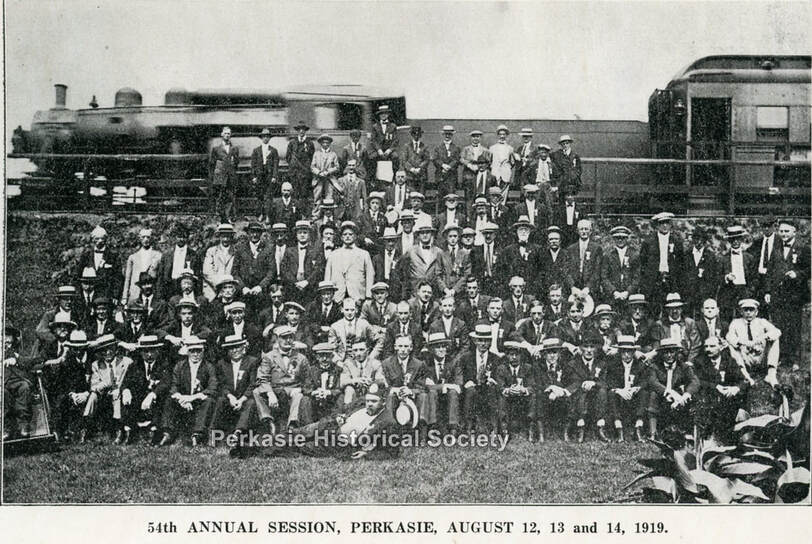
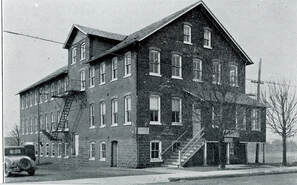
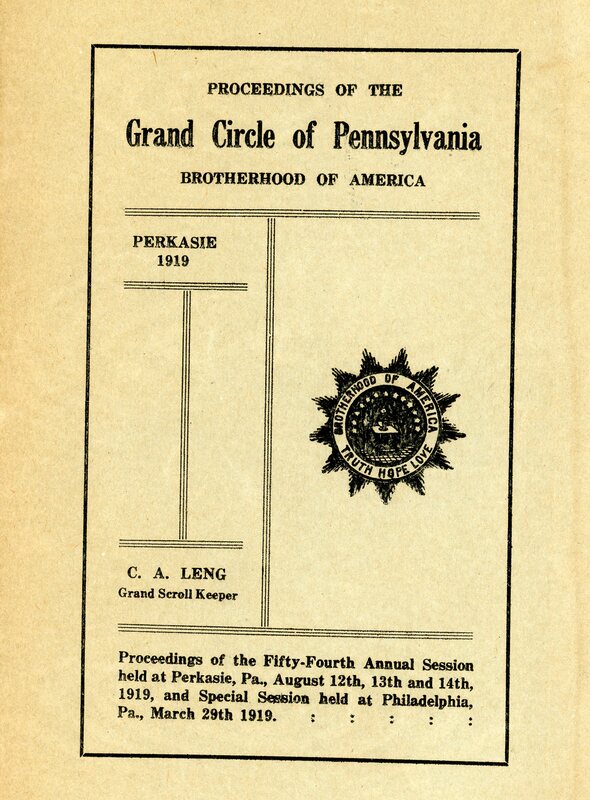
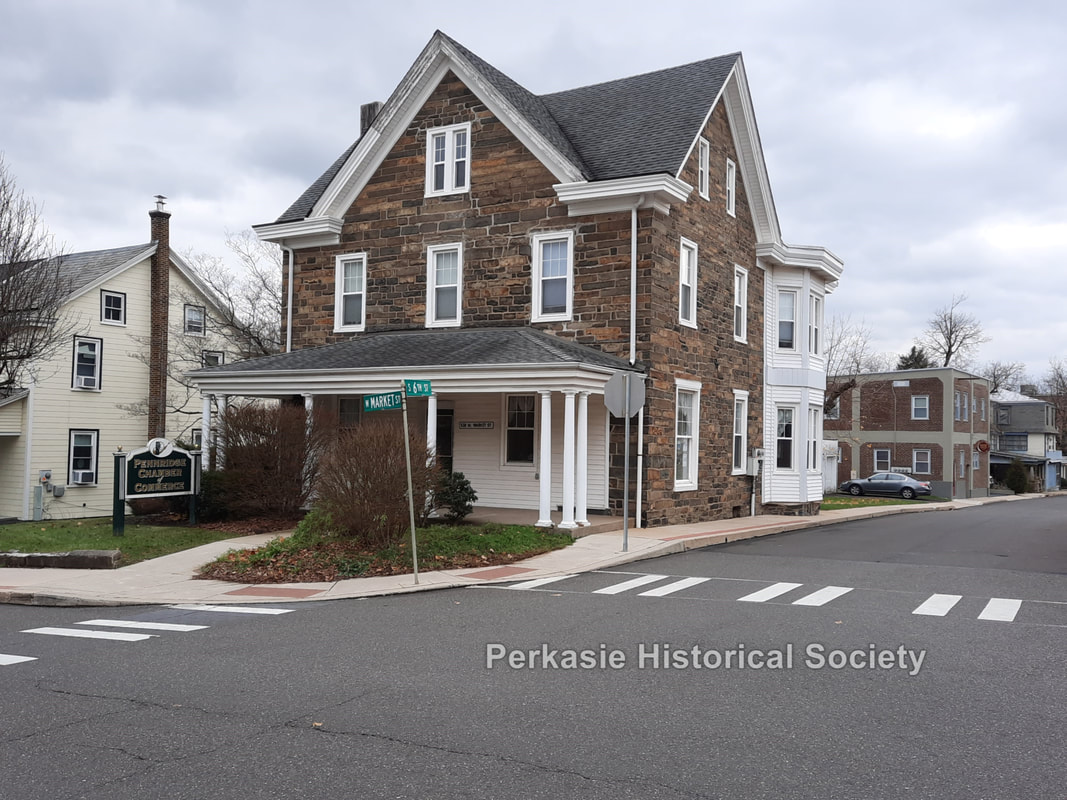
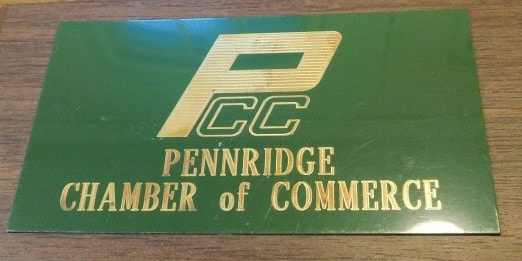
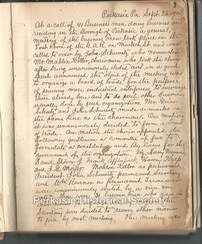
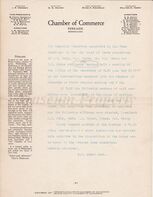

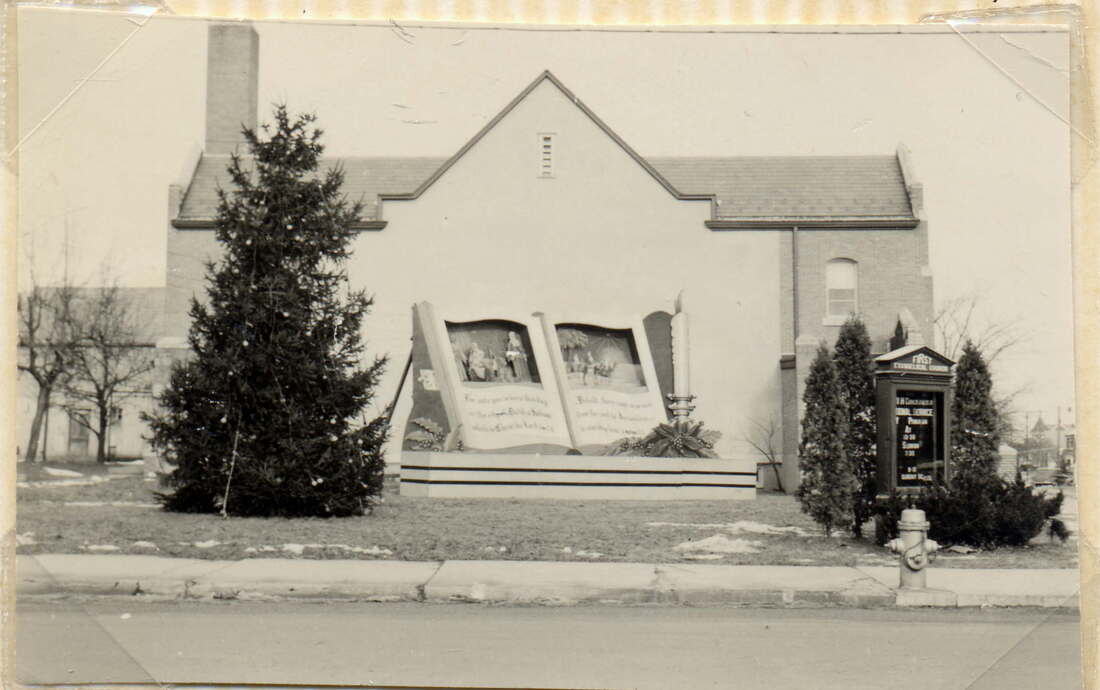
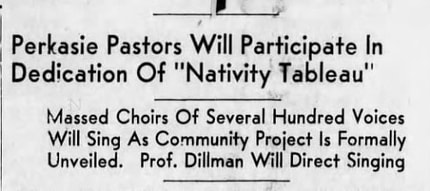
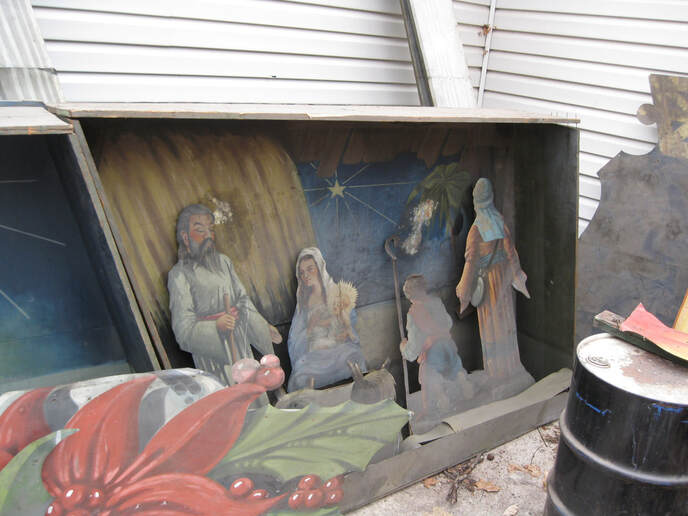
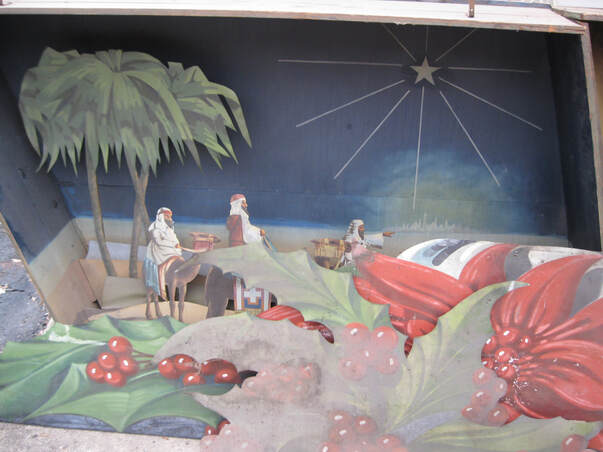
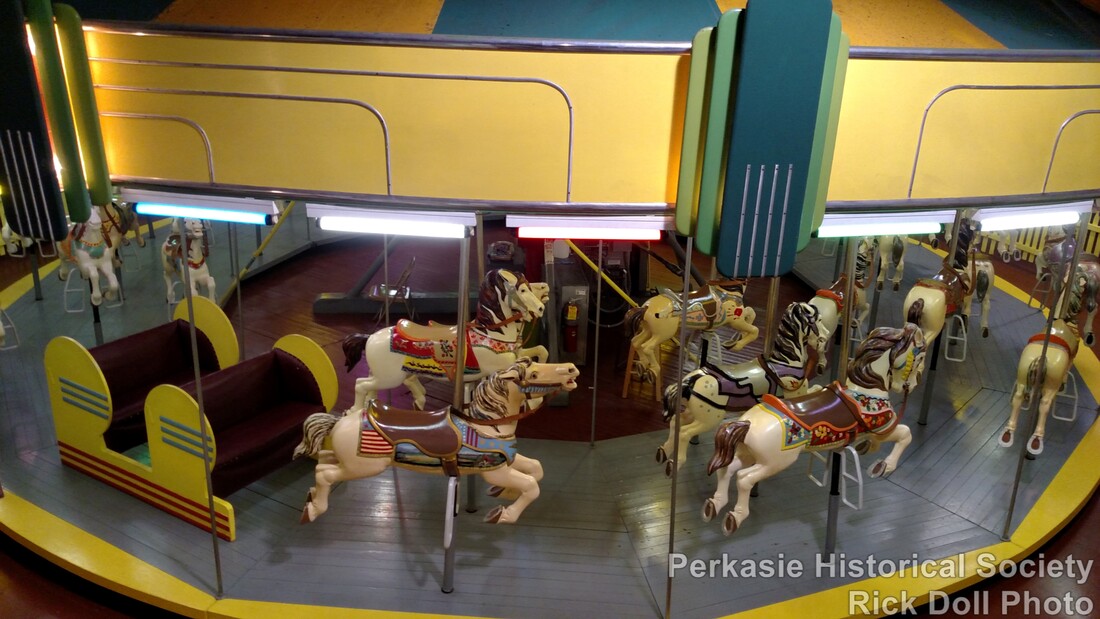
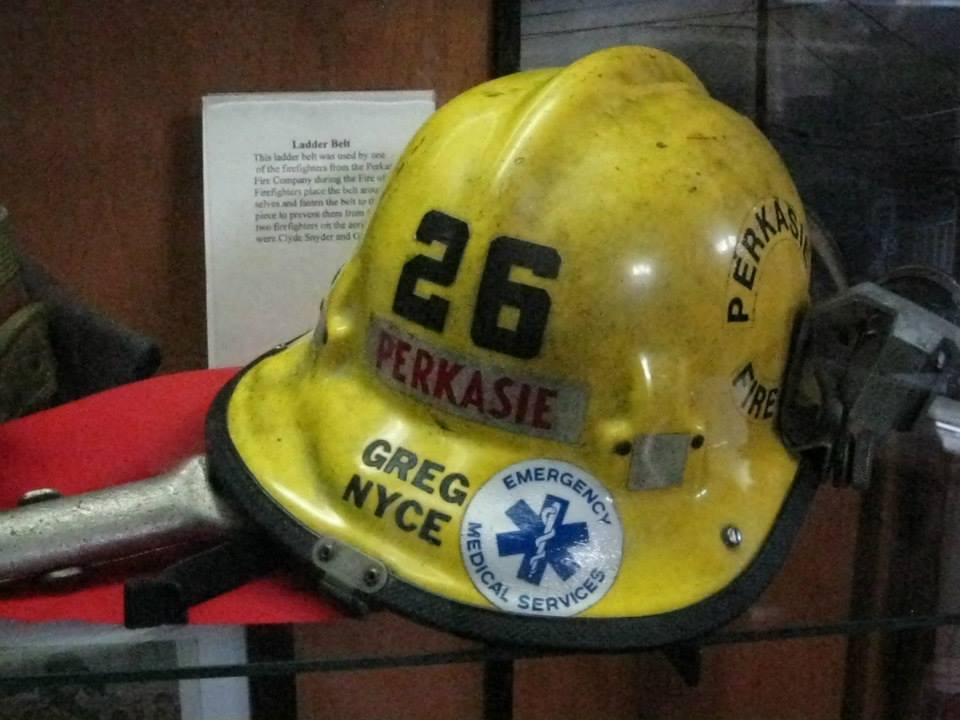
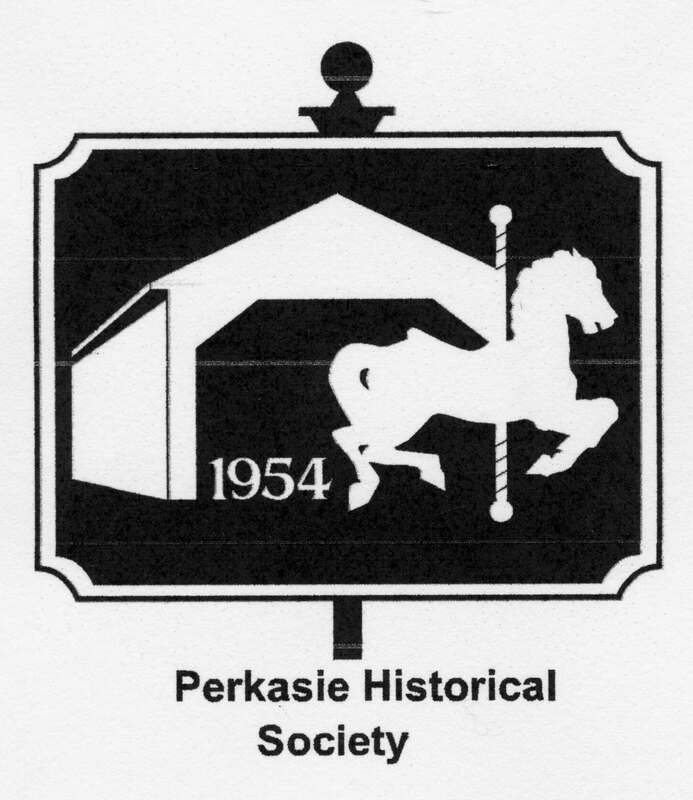
 RSS Feed
RSS Feed